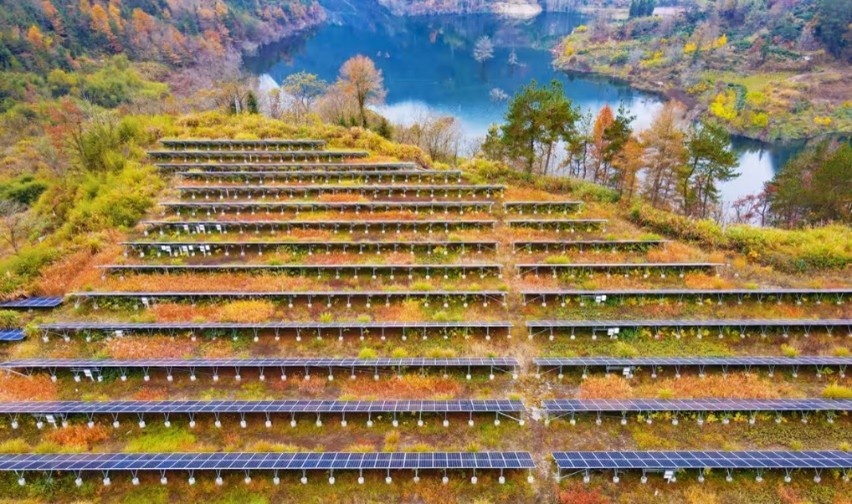
According to a report released by the Centre for Research on Energy and Clean Air (CREA), nearly half of the experts surveyed—44% of those from academia and industry—believe that China's carbon dioxide emissions have already peaked or will peak by 2025. This marks a significant rise in optimism compared to last year's survey, where only 21% of experts expressed similar expectations.
Experts are also becoming more hopeful about China reducing its dependence on coal. When asked if China's coal consumption had already peaked, 36% of respondents agreed, up from just 20% in the previous year.
China's official climate targets aim to reach peak carbon emissions by 2030 and achieve carbon neutrality by 2060. Additionally, Beijing has committed to "strictly controlling" the use of coal during its 14th Five-Year Plan, which runs until the end of 2025. Coal represents nearly 80% of China's fossil fuel emissions.
"China already plans to reduce coal consumption after 2026, but this reduction will have to be significant and swift for China to meet its 2060 carbon neutrality goal," said Wang Xiaojun, founder of the climate NGO People of Asia for Climate Solutions, based in Manila.
However, concerns about energy security, which were heightened after power blackouts in several parts of China in 2021 and 2022, as well as disruptions to oil supplies due to the war in Ukraine, mean that China has not yet fully addressed a phase-out of coal. Despite this, energy experts argue that diversifying China's energy mix and improving renewable energy infrastructure are effective ways to ensure energy security without relying on coal-fired power plants as backups.
China has also emerged as a global leader in clean energy investment. A previous analysis by Lauri Myllyvirta, lead analyst at CREA, found that clean energy contributed a record 11.4 trillion yuan (£154.4bn) to China's economy last year, making it the largest driver of GDP growth.
In the past two years, China has focused on rebuilding its post-Covid economy by shifting towards high-tech, green industries, often referred to as the "new three": solar panels, electric vehicles, and batteries. These sectors have drawn massive investments.
Shi Xunpeng, one of the authors of the CREA report, noted, "Clean energy industries have emerged as key drivers of economic growth. As China continues its transition, the benefits are becoming more apparent."
Analysts are also closely monitoring China's progress in reducing the carbon intensity of its economy—the amount of CO2 emissions produced per unit of electricity. "To align with the Paris Agreement, China will either need to accelerate renewable energy deployment or guide economic development toward less energy-intensive sectors," Myllyvirta said.
As the country responsible for 90% of the global increase in CO2 emissions since 2015, China's climate policies will be crucial for the future of the global transition. However, China's approach to climate goals tends to be conservative. Anders Hove, senior research fellow at the Oxford Institute for Energy Studies, commented, "It's unlikely that China will commit to any emissions target beyond current policies, let alone agree to a decline in total emissions."
China's approach to climate targets is, according to Hove: "If you say it, do it. If you can't do it, don't say it." While many foreign leaders embrace aspirational goals that they may scale back based on economic or political circumstances, this approach is seen as a negative by Chinese officials.